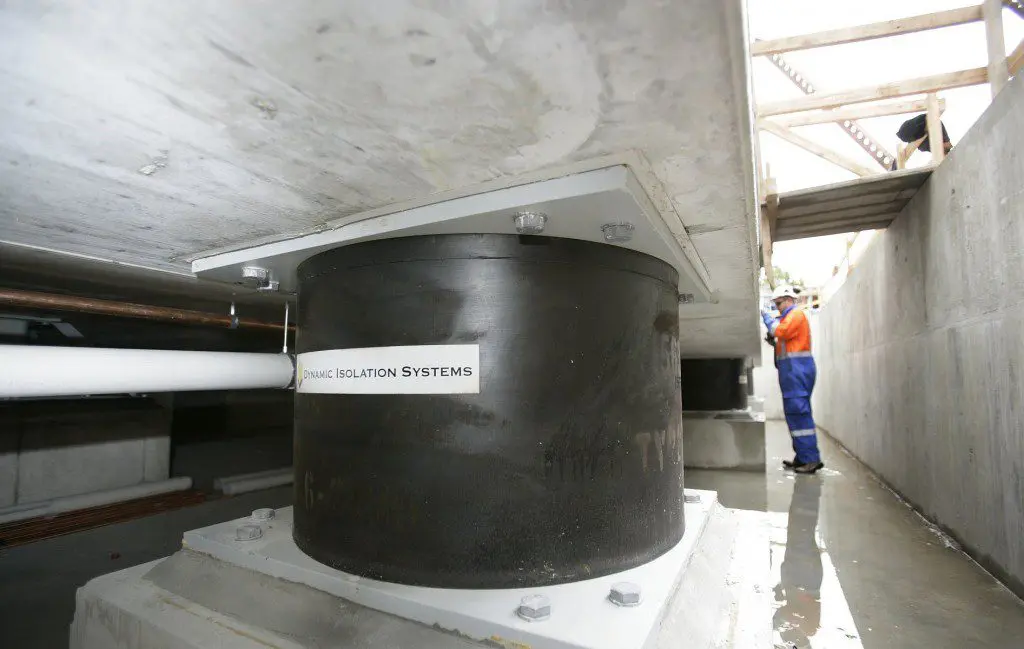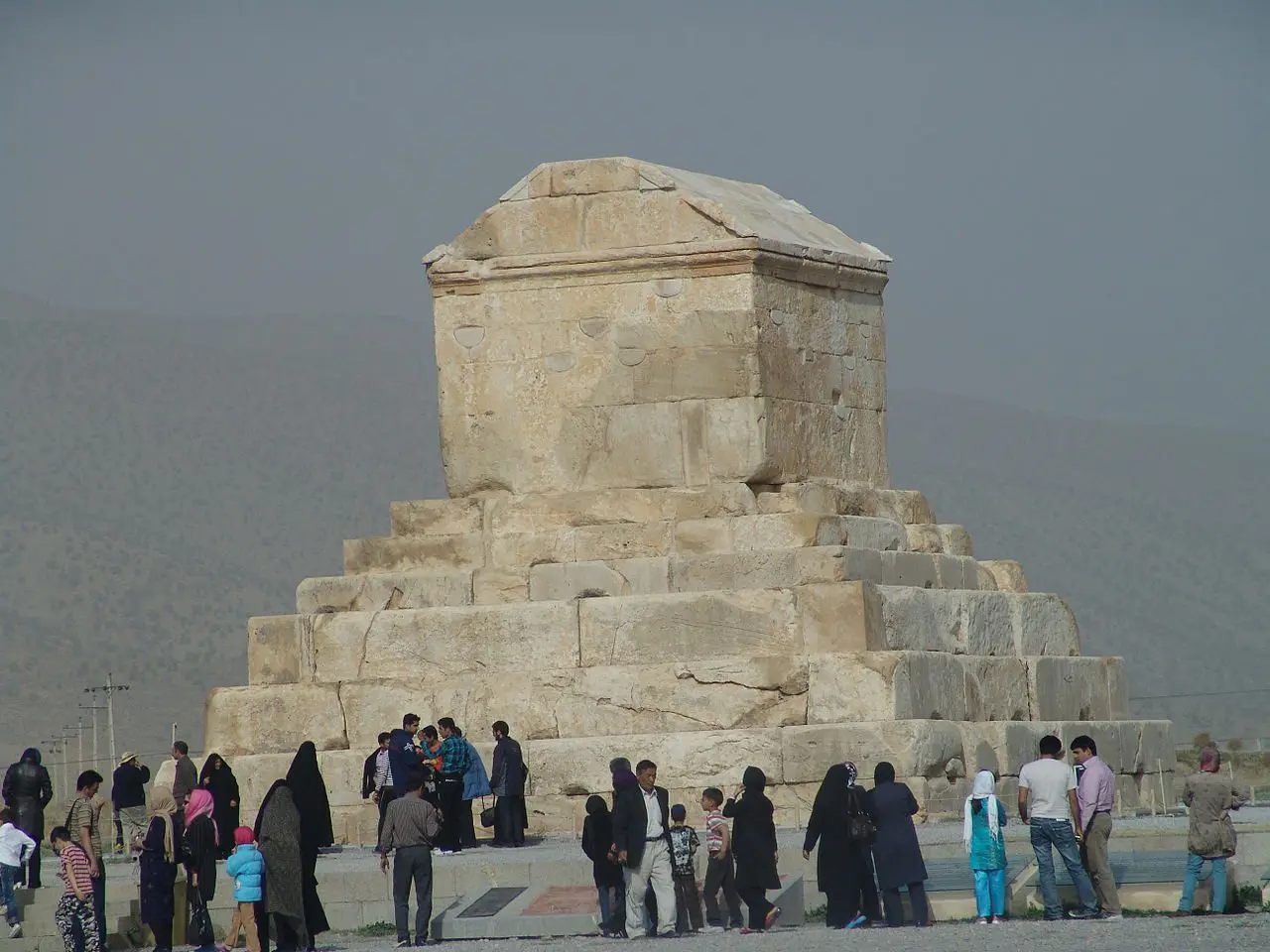“Earthquakes don’t kill people, collapsed buildings do” is an old adage among structural engineers.
A huge moral responsibility lies on their shoulders since the possible risk of loss of life is involved. Many new systems have been developed, either to reduce the earthquake forces acting on the structure or to absorb a part of the seismic energy. Base isolation in one of the most widely accepted and implemented seismic protection system.
Base isolation is simply defined as decoupling or separating the structure from its foundation. In layman terms, base isolation can be understood by comparing it to suspension system used in automobiles.
Seismic waves result in lateral movement of the foundation of the building. These waves are then transferred throughout the skeleton of the structure over time. The lateral movement of the skeleton results in the induction of undesirable moments and stresses within the structure.
Each structure has its own natural frequency of oscillation which depends on many contributing factors like stiffness, mass and height of the structure. The whole building will oscillate violently in harmony with the earthquake frequency if the earthquake has natural frequencies withhigh energy that match the natural frequencies of the building. The building is less likely to be damaged if the natural frequency of the building does not match with that of the earthquake.
Base isolator works exactly on the same principle. It reduces the stiffness of the structure and thereby reduces its natural frequency. As a result, the building will respond to the seismic activity in a rigid manner rather than resonating with its frequency.

Building seismic base isolator
Types of Base Isolation Techniques
There are a few practical isolation mechanisms which are widely used in the field of earthquake engineering. Few of them are mentioned below.
1. Roller and Ball Bearings
This type of isolation technique is mainly implemented to resist service movements and damping. As the name suggests, use of cylindrical rollers and balls is done for the isolation.
2. Sliding Bearing
It includes a sliding mechanism with a predefined coefficient of friction. The mechanism results in reduction of the forces and acceleration that are transferred to the structure.
3. Springs
The springs isolation mechanism is not very popular in structural engineering as it facilitates the movement in both vertical and horizontal directions. This increases service deflections.
4. Elastomeric Rubber bearings
This is the most widely used base isolator. The bearing structure consists of horizontal layers of neoprene or natural rubber sandwiched between mild steel plates, moulded as one unit. Steel plates are responsible for preventing rubber layers from bulging.
Any type of movement in vertical deformation is resisted and is granted in the horizontal direction by these bearings. These types of bearings have wide application in large span bridges and buildings.
Advantages of Base Isolation Techniques
- Apart from protecting structures from seismic activities, base isolation also protects them from GSA blast loads as the ability to move reduces the overall impact of the blast on the structures.
- Base isolated structures are predictable, hence reliability of them is very high as compared to conventional structural components.
- Need of strengthening measures such as frames, bracing and shear walls in cut down by reducing the earthquake forces transmitted to the building.
- Simplification of seismic analysis as compared to the conventional structures by allowing reduction in structural elements.
- In case of large unexpected seismic activities, damage is only concentrated in isolation system, where elements can be easily substituted.
- Base isolation can also be retrofitted to suitable existing structures. Moreover, the building can remain serviceable throughout the construction.
Disadvantages of Base Isolation techniques
- Base isolation can’t be done on every structure, for example: it is not suitable for structures resting on soft soils.
- Becomes less efficient for high rise buildings.
- Unlike other retrofitting base isolation cannot be applied partially to the structure.
- Implementation is efficient manner is difficult and often requires highly skilled labours and engineers.
Some Applications of Base isolation techniques
- Though the technology is still developing it has already been used in interminable number of structures.
- It was firstly implemented in New-Zealand in 1974 and was first enforced in India in 2001 after Gujrat earthquake.
- LA city hall (height 138m) in Los Angeles is the tallest base isolated building in the world.
- It has found numerous applications in modern times such as retrofitting it in residential buildings, buildings of historical importance, monuments, bridges, etc.

Los Angeles city hall constructed using Base Isolation Techniques

Tomb of Cyrus is said to be the oldest base-isolated structure in the world.
Base isolation is rapidly deployed by engineers all around the globe despite widely spread misconception of the expensiveness of the technique. Seismic base isolation system over the years has proved its reliability on a number of seismic events. The system not only protects people and infrastructure from damage by seismic activity but sometimes can also reduce overall expenditure by cutting the cost of construction of extra strengthening measures and maintenance.
The field of engineering is as dynamic as the world we live in and so is the requirement of the innovation in the construction industry. One such innovation is Base isolation system.





